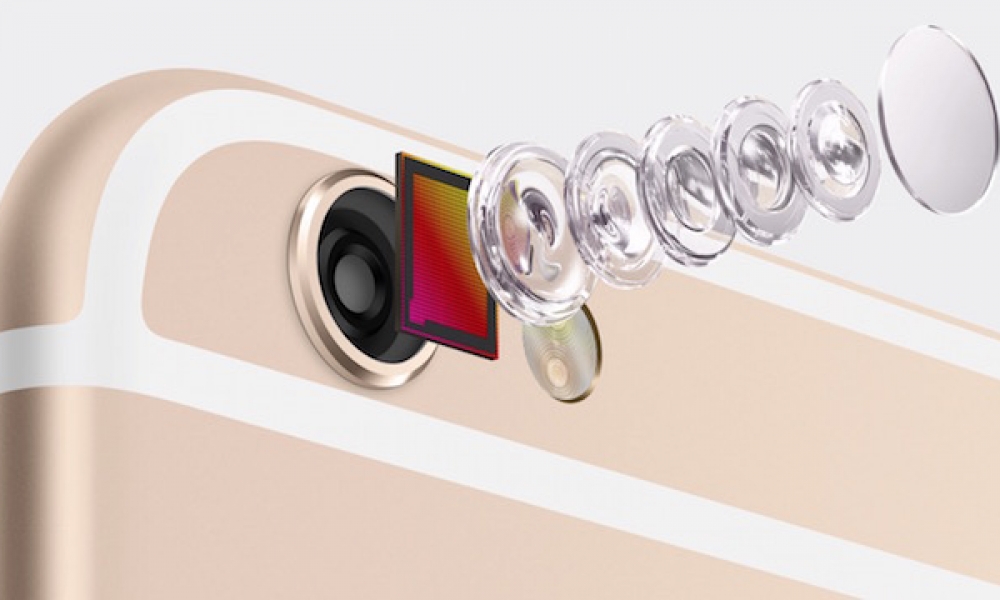The Secret Behind Why Apple’s iPhone Cameras are a Cut Above the Rest

Toggle Dark Mode
Apple was covered rather extensively on Sunday Night in an exclusive, behind-the-scenes interview with company executives at the Cupertino, California, campus. And, just as you might imagine, a very broad range of topics were covered in the show, while NBC’s Charlie Rose was granted nearly unrestricted access to everything Apple.
Well, surprise, surprise — one of the many topics covered in the segment was the iPhone camera. And so, the “60 Minutes” host was given an in-depth tour of Apple’s own camera testing laboratory, which is located on-site at the company’s sprawling, Cupertino campus, and is directed by Graham Townsend.
 Additionally, as is pertinent within the context of this interview, some relatively interesting details were brought to the table.
Additionally, as is pertinent within the context of this interview, some relatively interesting details were brought to the table.
First and foremost, it’s no real secret that one of Apple’s strengths in regards to its iPhone lineup has been, historically speaking, the camera functionality from both a software and hardware vantage point — especially when we compare those sensors to other smartphone cameras on the market today. The secret, you’re probably wondering, has a lot more to do with how many people the company has working on the camera infrastructure, than does it with the manufacturing of the CMOS sensor itself.
In the interview, Townsend revealed that Apple has just over 800 people — engineers, software programmers, and other specialists in the field — who are entirely dedicated to not only working on the iPhone’s camera, but also improving upon it with each subsequent generation.
Charlie Rose went on to showcase several different testing scenarios; scenarios that Townsend indicated Apple put its cameras through during the module’s development cycle.
Of particular interest, Townsend noted that Apple simulates light levels at varying degrees, from the really bad cases of poor indoor lighting, to even the most picturesque of sunsets. “We can simulate all those colors here,” Townsend said.
Another interesting fact about Apple’s camera sensors — they are comprised of over 200 individual parts. And, perhaps unsurprisingly, the iPhone camera continues to reign supreme over similar, and even more “generous” offerings from the likes of Samsung and LG.
For iPhone users, and specifically those who like to upgrade their device on an annual basis, this means that, with the iPhone, you’ll always be on the cutting edge of the best CMOS sensor technology on the market.
Additionally, through the use of companion apps such as Photos and iMovie for iOS, users of Apple’s iPhone can rest assured that their photos are always available to edit, create, and share across a range of deeply-integrated social media and communications platforms.
Learn More: How to Turn Your iPhone Photos Into Professional Shots






